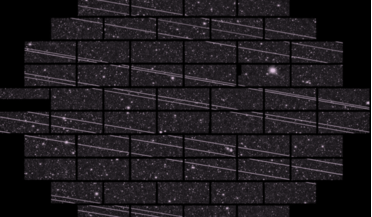 05 February 2020
Legal action could be used to stop Starlink ruining the night say astronomers
05 February 2020
Legal action could be used to stop Starlink ruining the night say astronomers
... The Italian team state that detectors used in radio-astronomy are already swamped by satellite communication signals from space ... space community to think what means more: ground-based astronomy and traditional views of the night sky, or cheaper ...
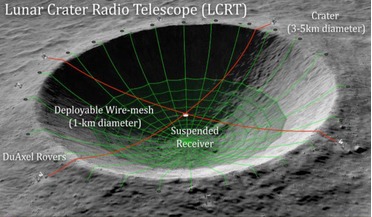 08 April 2020
NASA funds vast radio telescope concept on far side of the Moon
08 April 2020
NASA funds vast radio telescope concept on far side of the Moon
...envisage that this concept would unlock the potential for ground-breaking scientific discoveries in radio astronomy,” concludes Bandyopadhyay. In addition to Bandyopadhyay’s concept, NASA also awarded a Phase III grant to Slava Turyshev, a researcher...
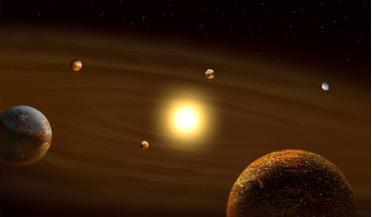 17 April 2020
A six-planet system is discovered and more could be hiding say astronomers
17 April 2020
A six-planet system is discovered and more could be hiding say astronomers
...improvement of the instrument and of our signal processing techniques," says François Bouchy, professor in the Department of Astronomy of the Faculty of science of UNIGE and coordinator of the observational program that helped discover the six-planet...
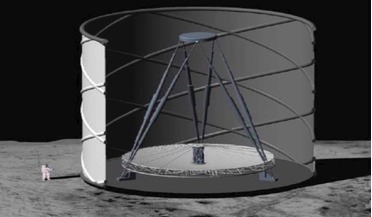 18 November 2020
Astronomers want to revive idea for ‘Ultimately Large Telescope’ on the Moon
18 November 2020
Astronomers want to revive idea for ‘Ultimately Large Telescope’ on the Moon
... powerful but problem-prone James Webb Space Telescope, would be able to detect them. “Throughout the history of astronomy, telescopes have become more powerful, allowing us to probe sources from successively earlier cosmic times — ever closer...
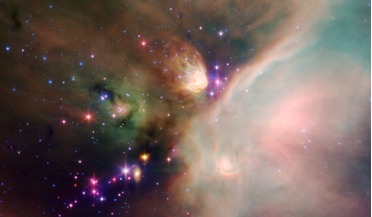 18 August 2021
New study sheds light on Solar System heavy metal problem
18 August 2021
New study sheds light on Solar System heavy metal problem
... Flatiron Institute’s Center for Computational Astrophysics and lead author of the study published this week in Nature Astronomy. Located around 140 parsecs away, the Ophiuchus cloud complex is a haven of dense protostellar cores in various stages...
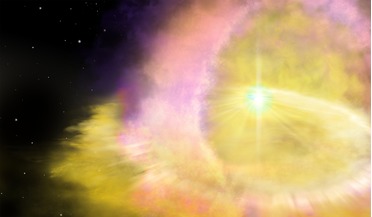 15 April 2020
Scientists discover most brightest and energetic supernova yet
15 April 2020
Scientists discover most brightest and energetic supernova yet
... from two massive stars that merged before the explosion. Their findings are published today in Nature Astronomy. Such an event so far only exists in theory and has never been confirmed through astronomical observations. Dr. Matt...